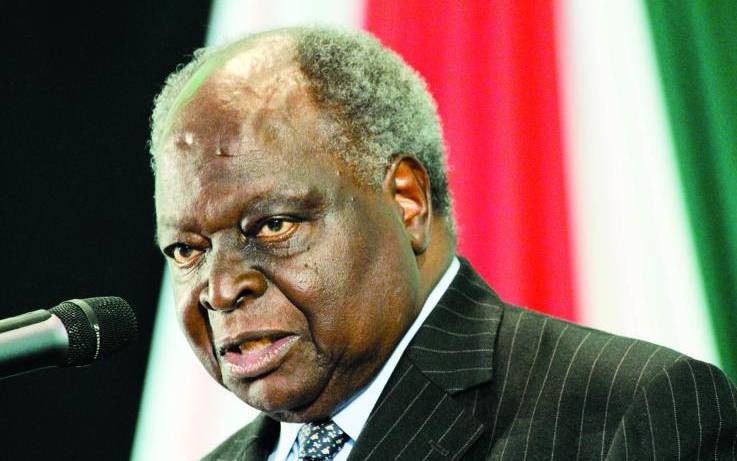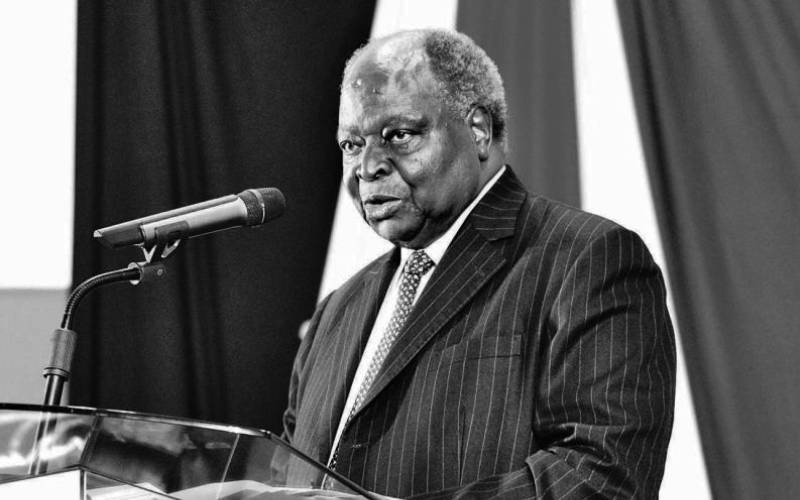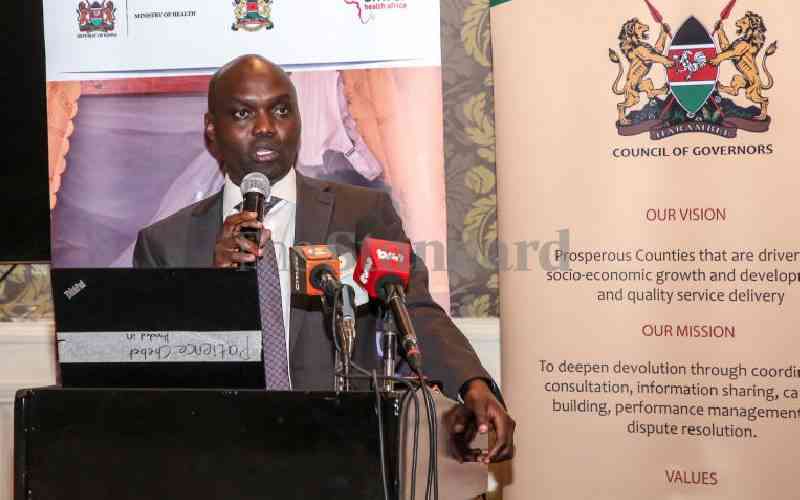
One of the things former President Mwai Kibaki (pictured) is remembered for is the Free Primary Education (FPE) he introduced after taking power following the 2002 General Election.
FPE was meant to provide an opportunity to disadvantaged children to access education.
The introduction of the FPE policy in 2003 was in tandem with the efforts of the international community, which had adopted the Education for All (EFA) and Millennium Development Goals (MDGs) policies that placed increased access to quality education at the centre of any sustainable development.
It was also in line with the Universal Declaration of Human Rights, adopted in 1948, which declared that “everyone has a right to education”. EFA and MDGs were later embraced as critical vehicles for realising Kenya’s development blueprint, the Vision 2030.
It was the second attempt to introduce FPE in the post-colonial Kenya after the first attempt in 1970s failed to achieve much.
And as was expected, there was an influx of students in public primary schools starting 2003, as those who had been locked out of the classroom by punitive fees trooped back. The thirst Kenyans had for education, put out of reach for many by poverty, was epitomised by the late Kimani Maruge, who enrolled in Standard One on January 12, 2004, at the age of 84. Kimani holds the Guinness World Record for being the oldest person to start primary school.
Enrolment in primary schools rose from 5.9 million pupils in 2002 to 7.2 million in 2003 and 8.2 million in 2007. The number is still rising.
While it was a noble idea, implementation of FPE was haphazard. And as result, the programme continues to face challenges, including poor infrastructure and shortage of teachers.
The Kibaki administration may not have carried out research to estimate the number of learners who would join primary schools, to know how many more teachers, classrooms and other physical facilities would be required, if the challenges faced by FPE are anything to go by.
If the research was done, the findings were ignored. As a result, crowding, characteristic of public schools, continues to make teaching and learning a near impossibility. While the UN recommended teacher-pupils ratio is 1:40, it is not unusual for a classroom in a public school to have double the number.
Matters are worsened by a shortage of teachers, which the Teachers Service Commission, in November last year, put at 30,357 for primary and 95,258 for secondary schools. The net effect of this is poor performance in KCPE exams, as has been witnessed over the years. Even the 2019 KCPE results were dominated by private schools.
The rich, including government officials who insist FPE is working, have moved their children to private schools. That is why some Kenyans claim that Kibaki launched FPE as a political tool; that he knew free education would win him votes since many Kenyans are poor and could not afford school fees.
President Uhuru Kenyatta failed to address these challenges when he took power in 2013. In fact, he complicated matters further by abrogating tuition fees for secondary schools. He also ordered 100 per cent transition to secondary school without considering the effect of the resultant increased enrolment.
As a result, the government has over the years resorted to various schemes to hide its failures as candidates from private schools continue to dominate national exams. It started by introducing a quota system where a number of slots in national schools were reserved for candidates from public schools. Thus, some ended up in national schools without making the cut-off mark. Candidates from private schools had been taking up most of the slots, and this exposed the government’s soft underbelly.
Stay informed. Subscribe to our newsletter
But owners of private schools challenged the decision they termed discriminatorily. They insisted slots should be allocated based on merit. Then the Government changed tack and promoted more schools to national status to create extra space and end the battle the Kenya Private Schools Association had launched against it.
But this was done without regard to what makes a school national, in terms of teachers and facilities. Some of these institutions are national schools just by name. Kenya has 103 national schools from the initial 18.
Later, the government abolished ranking of schools and candidates during KCPE and KCSE exams, which had further exposed the failure of FPE. It hoped this would somehow conceal domination by private schools.
Some of the questions many Kenyans are asking are; could it have been better for parents to continue paying fees and the money used to expand facilities and hire teachers to guarantee the quality education? Why would leaders play politics with the future of poor children when their own attend private academies, in Kenya and abroad? Would it, therefore, not be in order to say FPE has failed, again?
Mr Bulemi is Ag. Deputy Chief Sub-Editor, The Standard.
 The Standard Group Plc is a
multi-media organization with investments in media platforms spanning newspaper
print operations, television, radio broadcasting, digital and online services. The
Standard Group is recognized as a leading multi-media house in Kenya with a key
influence in matters of national and international interest.
The Standard Group Plc is a
multi-media organization with investments in media platforms spanning newspaper
print operations, television, radio broadcasting, digital and online services. The
Standard Group is recognized as a leading multi-media house in Kenya with a key
influence in matters of national and international interest.
 The Standard Group Plc is a
multi-media organization with investments in media platforms spanning newspaper
print operations, television, radio broadcasting, digital and online services. The
Standard Group is recognized as a leading multi-media house in Kenya with a key
influence in matters of national and international interest.
The Standard Group Plc is a
multi-media organization with investments in media platforms spanning newspaper
print operations, television, radio broadcasting, digital and online services. The
Standard Group is recognized as a leading multi-media house in Kenya with a key
influence in matters of national and international interest.









